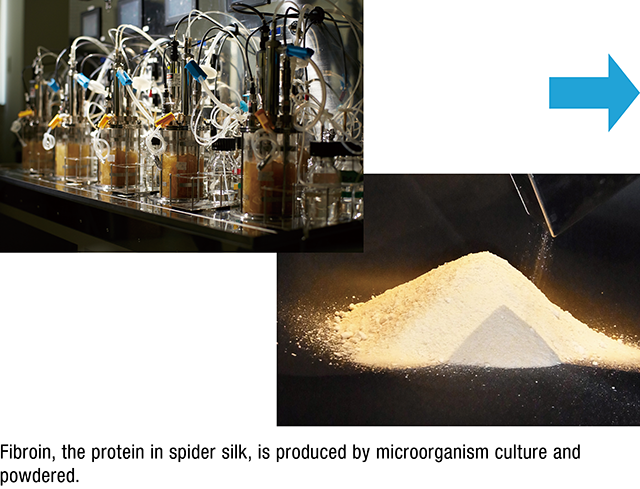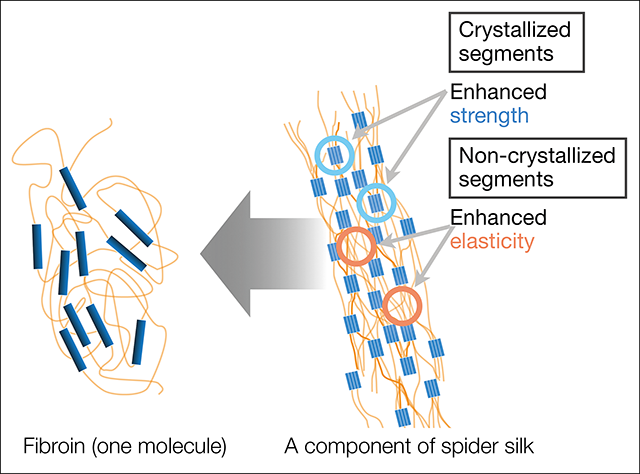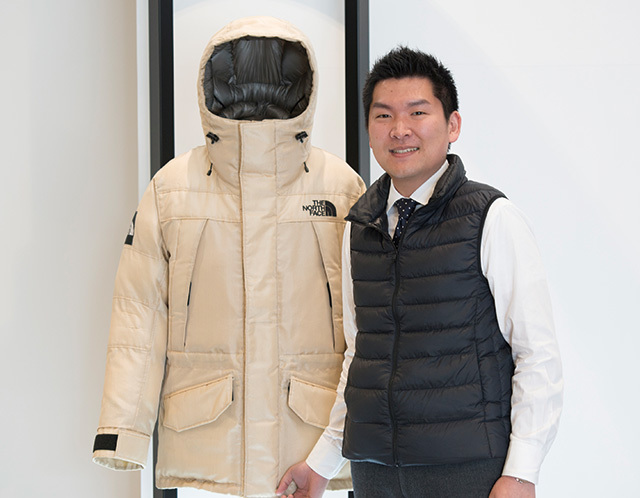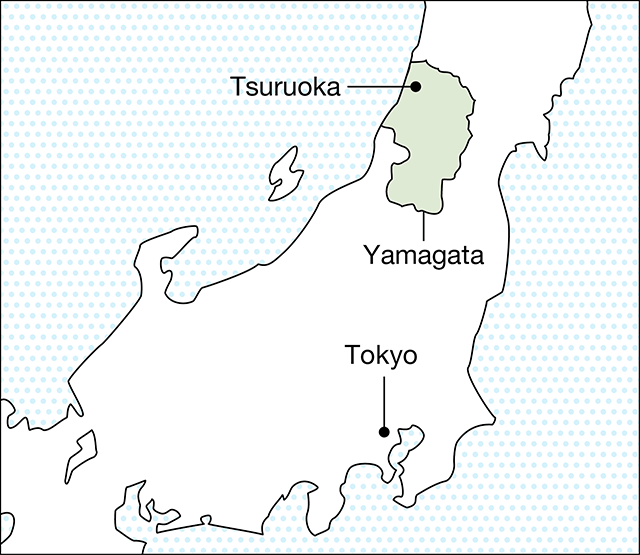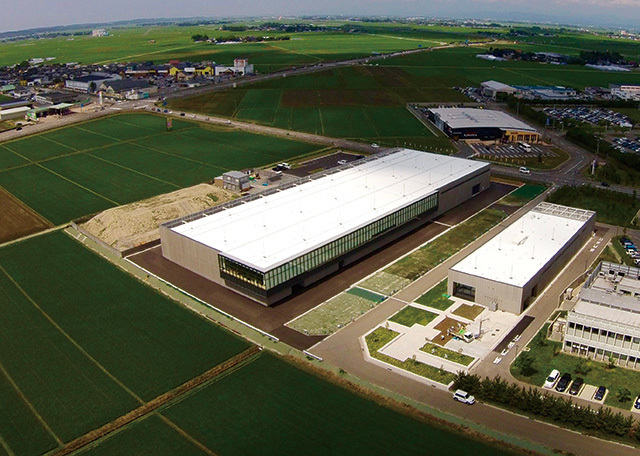Spider silk—the thread in spider webs—is thin and supple. In addition, this natural material is more elastic than nylon and stronger than steel per unit of mass. Spiber, a start-up based in Tsuruoka, Yamagata Prefecture, is now in the limelight for its world-first development of synthetic spider silk and the technology for its mass production. The company’s technology harnesses genetically engineered microorganisms to produce protein that serves as the material for synthetic spider silk. If this innovative technology is able to substitute for the existing petroleum-based technologies for fiber and other products, the materials industry could be radically transformed.
Kazuhide Sekiyama, Spiber’s representative executive officer, founded the company in 2007, using a blend of “spider” and “fiber” for its name. His team succeeded in determining the genetic sequence of fibroin (the protein that is the main component of spider silk), synthesizing the relevant DNA, and incorporating it into microorganisms. They also developed techniques to culture the microorganisms quickly in large amounts and to collect the fibroin they produce. The protein is powdered and then fused into thread using a special device.
Spiber has named this artificial spider silk material “QmonosTM” from kumonosu , Japanese for “spider web.” The company says that it is possible to customize the strength and elasticity of the material by changing the amino acid sequences of the DNA incorporated in the microorganisms. Thanks to its research and improvement so far, it has achieved a dramatic increase in productivity. Its pilot plant has a production capacity on the order of 20 tons a year, and it is pursuing commercialization of its material for use in apparel.
In October 2015, Spiber revealed a sample of a parka made with Qmonos. Since then the company, which has 111 employees, has received a barrage of commercial inquiries and proposals for technological tie-ups from Japan and abroad. The parka is scheduled to be put on the market by the end of 2016.
From production of Qmonos to fabrication of apparel
The molecular structure of fibroin is divided into hard crystallized segments and soft non-crystallized segments. This structure is thought to be related to the combination of strength and elasticity.
The fibroin produced by microorganisms can be provided not just as fibers but in a variety of formats, including films, gels, and nanofibers. Taking advantage of the material’s unmatched combination of strength and elasticity, Spiber expects to be able to use it to develop advanced technologies and products in the future, such as automobile bodies that will not be dangerous even if they collide with people and artificial blood vessels with extraordinary durability.
Sekiyama declares, “We want to create an industrial society that does not jeopardize the global ecosystem by using new, biologically sourced materials that do not rely on petroleum. In another 10 years, I believe that these materials will be mass-produced on a major scale and that products made with them will be widely available. We can envisage the emergence of an industrial landscape unlike anything we have experienced.” With the development of next- generation high-performance materials, Spiber has high aims to contribute to the resolution of environmental problems and other issues confronting humankind.






































































































